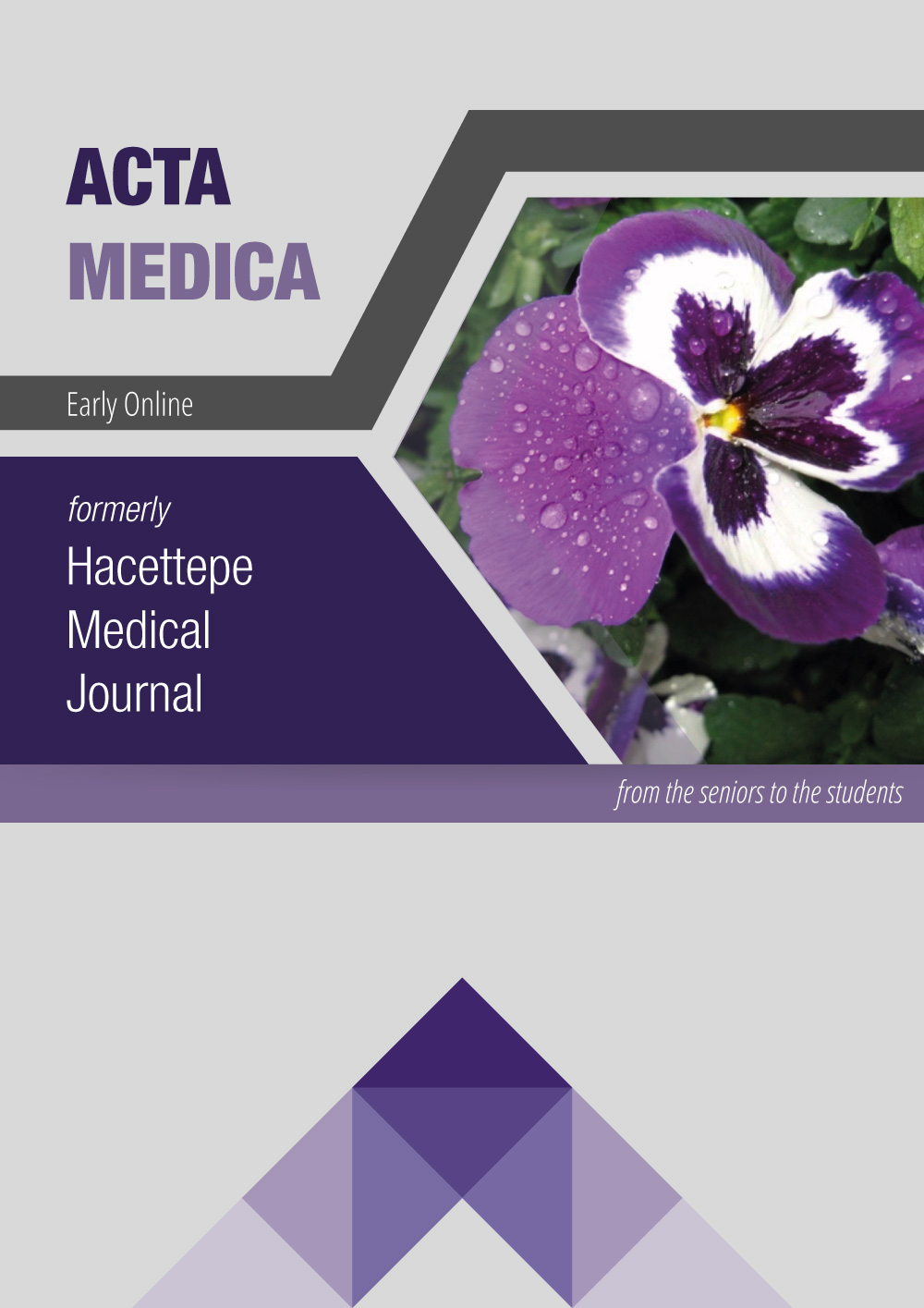Our Experience in Hepatoblastoma Surgery
DOI:
https://doi.org/10.32552/0.ActaMedica.354Abstract
Introduction: Although hepatoblastoma is a rare tumor, it is the most common abdominal malignant tumor after nephroblastoma and neuroblastoma in children under 3 years of age. In addition, 95% of primary liver tumors in children are hepatoblastoma.
In this study, we aimed to present the patients with hepatoblastoma who had undergone surgery.
Materials and Methods: Patients who were operated for hepatoblastoma in the last 10 years at Çukurova University Hospital were included in the study. Age, gender, complaints, blood Alpha Feto Protein (AFP) levels, whether or not neoadjuvant chemotherapy, size, stage, surgical findings, the presence of distant metastasis, post-operative complication, follow-up, and mortality were evaluated.
Results: We operated on 22 patients with hepatoblastoma in the last 10 years. We have access to 17 patients’ data. The mean age of the patients was 22.4 years (4 months - 8 years). 88% of the patients were younger than 5 years old and 76% were younger than 3 years of age. Seven patients were male and 10 were female. Fourteen patients presented with abdominal distention and swelling. One was admitted to the hospital with weight loss, one with diarrhea and one with fever. In the first evaluation, 8 patients were stage 2 and 9 patients were stage 3 according to PRETEXT staging. We did not have stage 1 or 4 patients. Two patients had a tumor in the caudate lobe. AFP levels were high in 16 patients. The mean size of the mass was 11.5 cm in the first evaluation. The tru-cut biopsy was performed all the patients before taking neo-adjuvant chemotherapy. Thereafter, the patients underwent surgery. One patient was undergoing surgery for trans-arterial chemo-embolization (TACE) due to the fact that the tumor could not be excised after chemotherapy, and after TACE, the tumor was able to totally removed. In one patient, the surgical margin was excised positively due to the invasion of the vena cava. Two patients had portal vein thrombus and one was excised during surgery. Seven patients had right, 3 patients had right expanded, 3 patients had left expanded, 1 patient had segment 6-7 and 3 patients had left hepatectomy. The distant metastasis was in 2 patients (lungs). Mortality was in 1 patient.
Conclusion: Multidisciplinary approach is very important in hepatoblastoma and other malignant masses. Not only pediatric oncology but also alternative treatment options such as trans-arterial chemotherapy should be evaluated.

